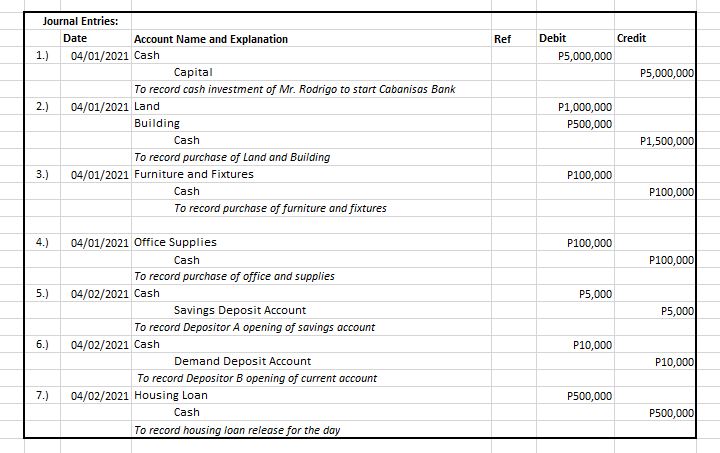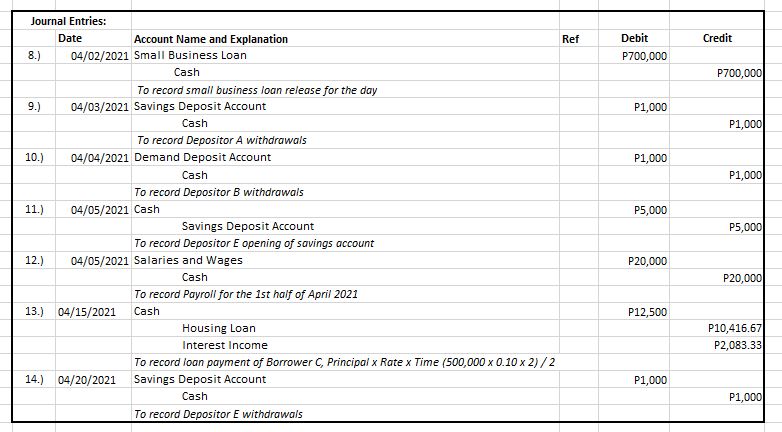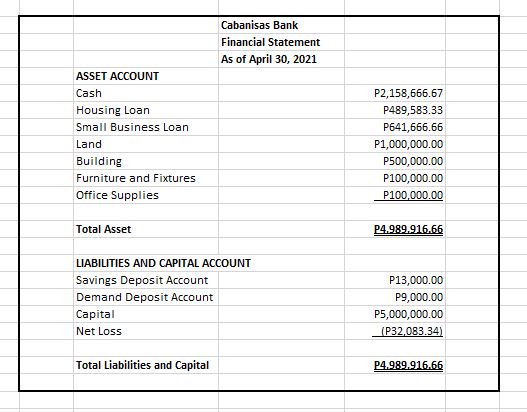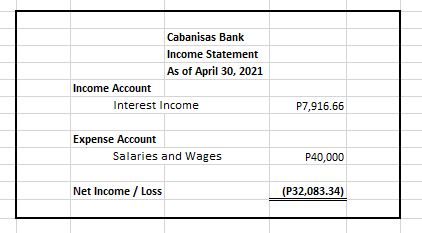How to bookkeep is a matter of identifying events that will affect the financial affairs of a business for recording. Then the accountant will analyze them to provide outputs or financial statements.
Here’s an example on how to bookkeep a business firm.
How to bookkeep?
People are very eager to learn what is meant by bookkeeping but forgetting that bookkeeping differs in every industry. There are some accounting standards and principles that need to be followed depending on the nature of the business.
However, there is also the in-house policy that the business firm could make to replace some standards. These are the standards that don’t have specifics. Often times, bookkeeper use revenue recognition principle and matching principle in recording transactions. Here’s the example on how to bookkeep: banking industry.
Three steps on how to bookkeep a banking Industry
Step 1: Identification of events to be recorded
Purpose: To gather information about transactions or events generally through the source of documents. In this examples the data consists of cash deposits, cash withdrawals, loan releases, loan payments and salaries and wages.
Transactions:
April 1, 2021
1.) Mr. Rodrigo invested P5,000,000 to start a banking industry called Cabanisas Bank
2.) Mr. Rodrigo bought land and building amounting to P500,000 for building and P1,000,000 for land
3.) Mr. Rodrigo bought furniture and fixtures for P100,000
4.) Mr. Rodrigo bought office and supplies for P100,000
April 2, 2021
5.) Depositor A opens a savings account with an initial deposit of P5000.
6.) Depositor B opens a current account with an initial deposit of P10,000.
7.) Borrower C mortgage his land to Cabanisas bank amounting to P500,000 for housing purpose with 10% interest and a 2 years’ term semi-monthly amortization.
8.) Borrower D mortgage his house and lot to Cabanisas bank amounting to P700,000 for small business purpose with a 10% interest and a 1-year term monthly amortization
April 3, 2021
9.) Depositor A made withdrawals amounting to P1,000.
April 4, 2021
10.) Depositor B made withdrawals amounting to P1,000.
April 5, 2021
11.) Depositor E opens a savings account with the initial deposit of P5,000.
April 15, 2021
12.) Cabanisas Bank pays its employees 1st cut-off payroll amounting to P20,000.
13.) Borrower C made housing loan payments of P12,500.
April 20, 2021
14.) Depositor E made withdrawals amounting to P1,000.
April 30, 2021
15.) Borrower D made small business loan payments of P64,166.67
16.) Cabanisas bank pays its employees 2nd cut-off payroll amounting to P20,000.
17.) Depositor F opens a savings account amounting to P5,000.
After identifying or gathering all the information about every transaction, the bookkeeper will analyze and records it in chronological order.
Step 2: Transactions are recorded in the Journal
Purpose: To record the economic impact of transactions of the bank in a journal, which is a form that facilitates transfer to the accounts. In recording the transactions, the bookkeeper could use a columnar book or loose-leaf (loose-leaf are subject to approval by beauru of internal revenue (bir)



Step 3: Preparation of Financial Statement
After Journalizing, the bookkeeper will make a ledger for every account title mentioned in the journal entry, every ledger should have a beginning balance, all the additions and deductions, and the outstanding balance for the trial balance. When the trial balance is tally the bookkeeper will then prepare a financial statement the Statement of Financial Position and Income Statement. Here’s the example of the two financial statements. The remaining financial statements are Owner’s Equity Statement and Statement of Cash flow


Note: The amounts stated above are just an example, in putting up a banking business, Central Bank in different countries requires certain minimum Capital to start a banking business. The steps are shown to illustrate the Accounting Cycle on how to do bookkeeping and in this example is a banking industry.
Related blog: Bookkeeping Services
What’s your business industry? Comment your transaction events and let’s do the 3 steps of bookkeeping
Pingback: What is Bookkeeping | Ronainph
Pingback: Bookkeeping vs Accounting | Ronainph
Pingback: bookkeeping and Quickbooks | Ronainph